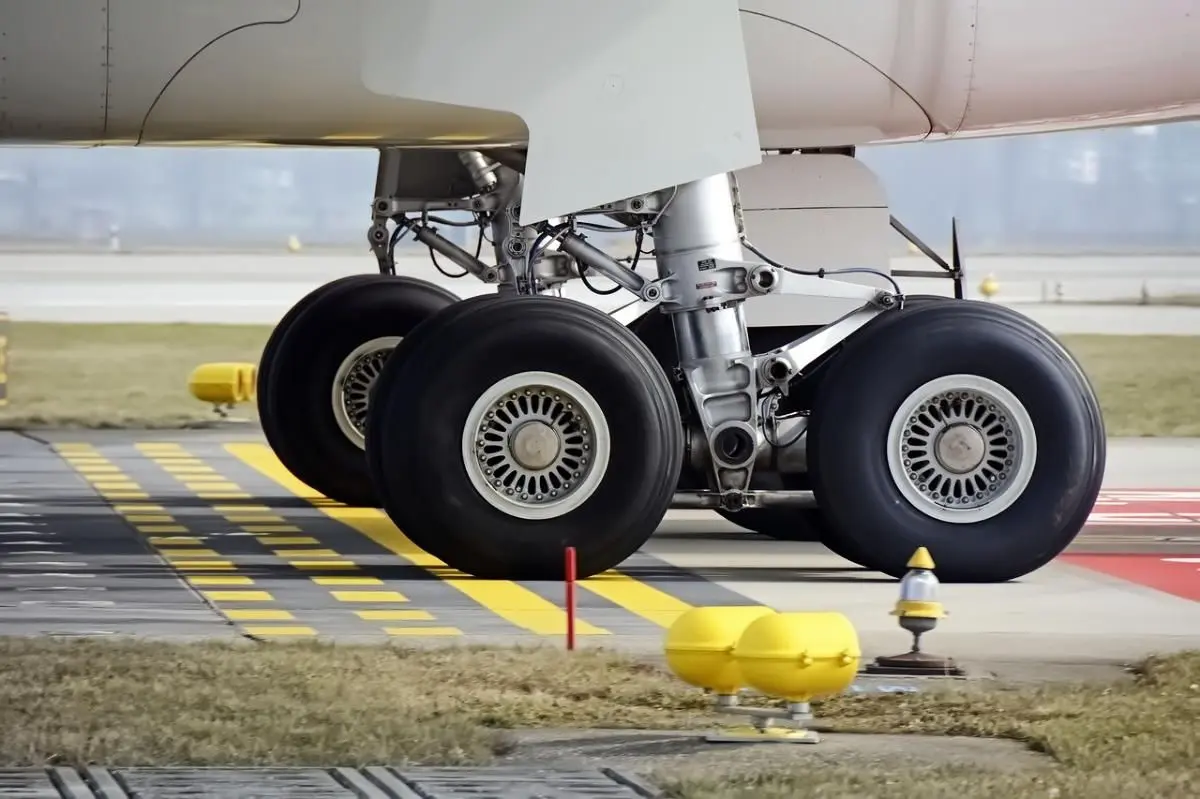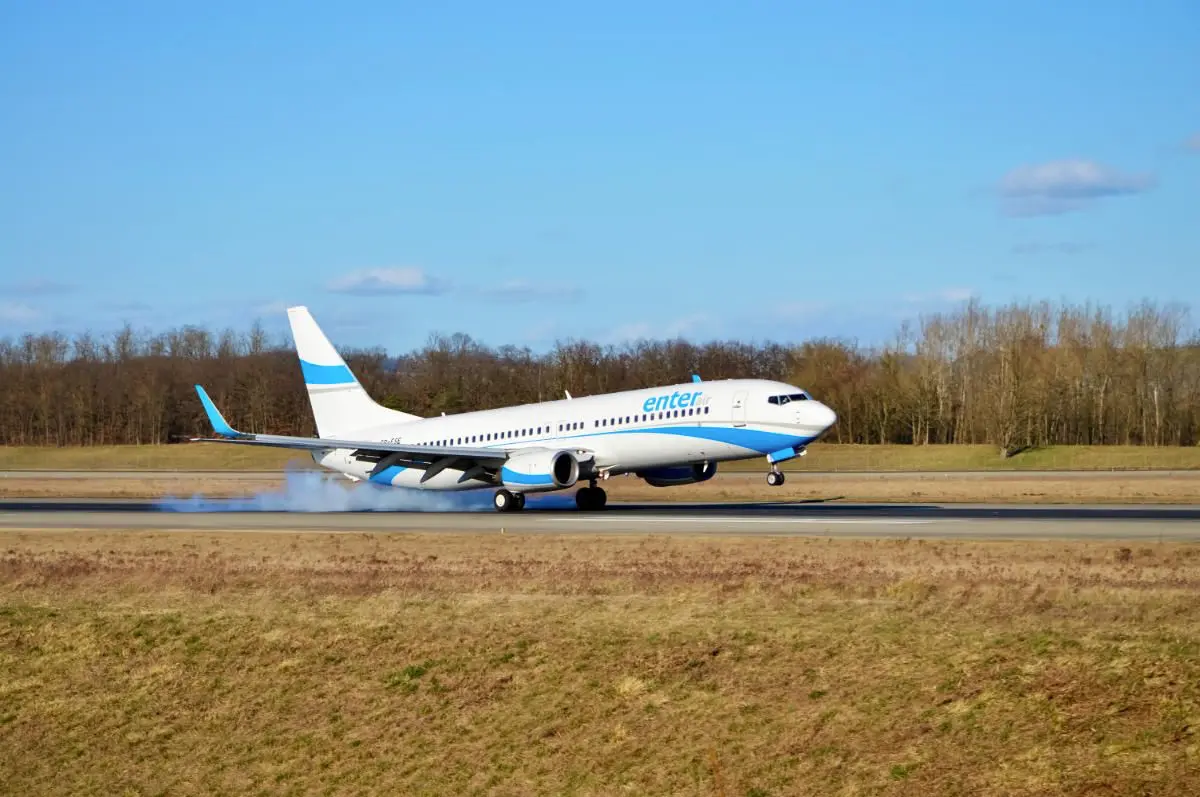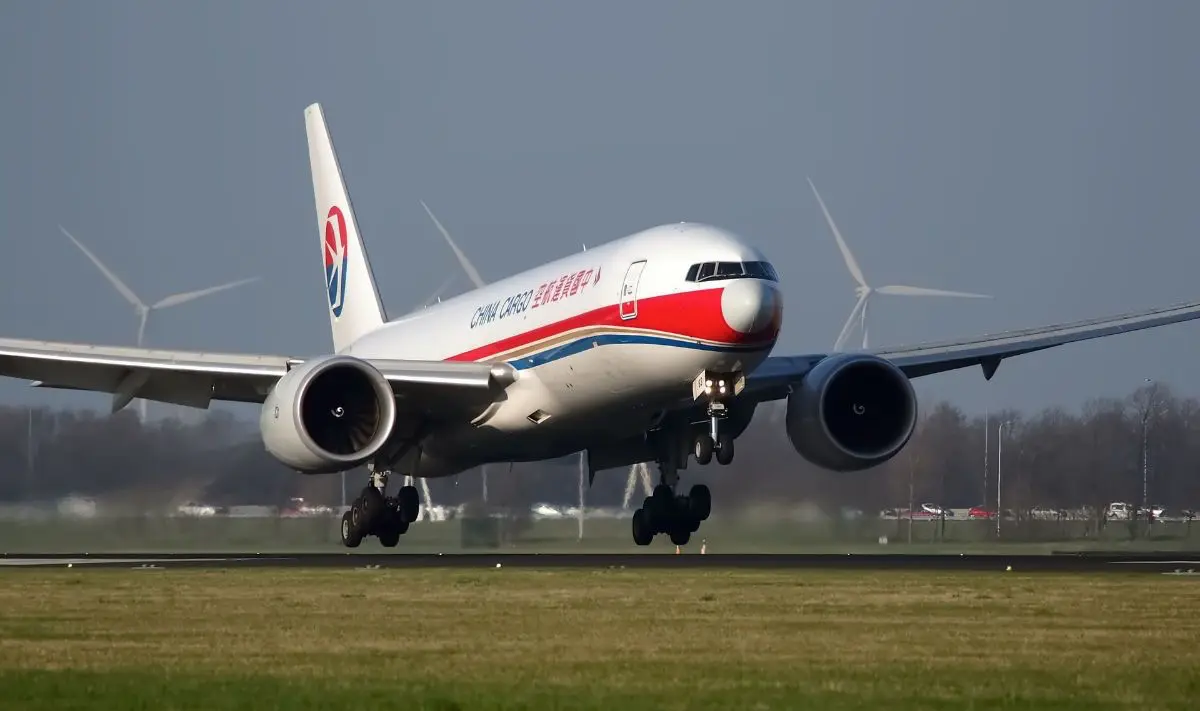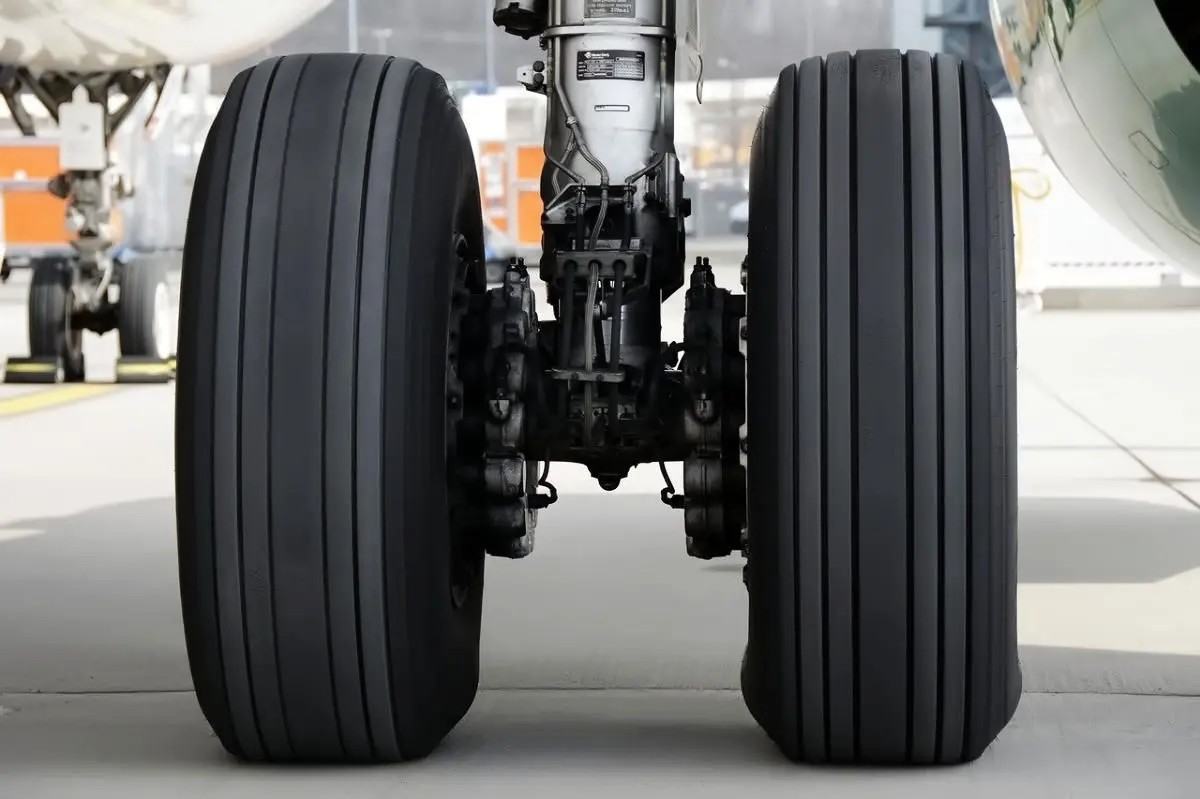
How Long Do Aircraft Tires Last?
Aircraft tires are more than enlarged versions of a car tire, and aircraft tires need to endure much more. How long do aircraft tires last? It depends on several different factors.
Table of Contents
You probably know the distinctive sound when the aircraft you travel on touches down. That is the tires screeching when they hit the runway.
Aircraft tires are more than enlarged versions of your car's wheels. They experience higher loads, higher temperatures, and higher speeds than car tires. They also have to live up to strict safety regulations.
Because of these extreme conditions, they wear down over time. They are meant to do so, down to a certain point. Therefore, mechanics continually inspect them and replace them when needed.
Naturally, that raises the question: How long do aircraft tires last?
About Aircraft Tires
First of all, it is important to know that aircraft tires are sacrificial by design. In other words, engineers design them to degrade over time, just like car tires.
Unlike car tires, aircraft tires are not designed to last for 50.000 miles, though. Why? Because a car does not push its tires into the ground at 124 MPH (200 km/h) constantly.

How Are Aircraft Tires Different From Car Tires?
Engineers develop car tires and aircraft tires for entirely different purposes and conditions.
First of all, aircraft tires need to support much more weight. A Boeing 737 MAX 9 has four main landing gear tires and a maximum landing weight of 145.000 pounds (about 66.000 kg). A normal car also has four tires but weighs around 3.500 pounds (1587 kg).
Secondly, aircraft tires cope with higher speeds. The landing speed of a Boeing 737 is about 140 to 150 knots (160 - 170 mph / 260 - 280 km/h). The tires need to handle much more energy than a car, which doesn't go that fast.
Because of the extreme conditions that aircraft tires operate in, they are monitored and inspected regularly. Visual wear indicators on the tires indicate when it could be time for a replacement.
Other Facts About Aircraft Tires
The number of tires on an aircraft depends on its weight. A heavy aircraft needs more tires to distribute the weight more evenly. The aircraft tires themselves have tread patterns to provide crosswind stability and channel away water on wet surfaces. The treads also improve braking.
Aircraft tires also include special safety plugs on the inside. These plugs are designed to melt if the tire becomes too hot. That sometimes happens when the brakes are fully applied. When the plugs melt, they will deflate the tire in a controlled manner instead of having the tire explode. This effect minimizes the risk of damage to the aircraft in situations where excessive braking is needed.
The plugs improve safety, which is necessary when it comes to aircraft tires. Because the tires are inflated to rather high pressures, they can do great damage if they explode. On a Boeing 777-300ER, each main tire is inflated to 220 psi (15 bar) and weighs 260 lb (120 kg) each. That poses a potential risk if something goes wrong. Financially too, as each tire on a Boeing 777-300ER costs around $5000.

Mechanics inflate aircraft tires with nitrogen instead of regular air to further control the powerful forces. Nitrogen is less prone to expansion and contraction from extreme temperature and pressure changes.
How Long Do Aircraft Tires Last?
The durability of aircraft tires depends primarily on three things:
- The number of hard landings (or the type of landing). When an aircraft touches down with greater vertical speed and force, the tires will have to deal with more load. Crosswind landings also tend to wear out tires quicker. That is because of the sideways load on the tires and because the pilots sometimes overcorrect in crosswinds.
- The runway surface. Man-made runways are usually made of concrete or asphalt, while natural runways are grass, dirt, or gravel. Asphalt is prone to potholes, cracks, and spalling, leading to quicker tire wear. Grass runways are easier on the tires but not useful for large airliners. However, some military planes can use natural runways. Airports maintain their runways to minimize tire wear as best as possible. However, some are better at this job than others.
- The size of the airplane. Large airliners put their tires to much more load than smaller ones. An Airbus A380, for example, will wear out its tires faster than a Boeing 737.
Can Airplane Tires Be Made To Last Longer?
Airplane tires are expensive. A Boeing 777-300ER main tire is about $5000 each. Airlines want to avoid replacing them for as long as possible.
Therefore, mechanics take worn-out tires through a process called retreading. The aircraft tires mostly wear out on its tread, while the casing usually stays in better shape.

Mechanics retread the tire to give it a longer lifespan in a retreading process. Retreaded aircraft tires can last for up to 100 additional landings, and tire specialists can retread some aircraft tires up to seven times. That represents some significant cost savings for the airlines.
Conclusion
Aircraft tires are very different from your car's tires. An aircraft weighs more and travels at higher speeds than a car. That means that they need to handle more load. For that reason, mechanics and pilots regularly inspect them as they wear down over time.
How long do aircraft tires last? The answer depends on three overall factors—the number of hard landings, the runway surface conditions, and the airplane's size.
Mechanics retread worn tires to lengthen their lifespan, saving the airline money. Retreaded aircraft tires can last for up to 100 more landings, and mechanics can retread some tires up to seven times.
Planenerd Newsletter
Join the newsletter to receive the latest updates in your inbox.






